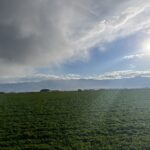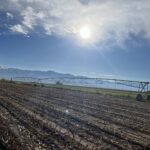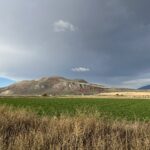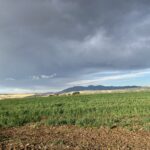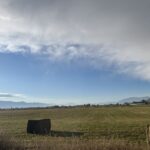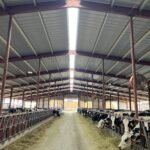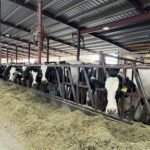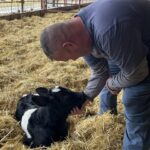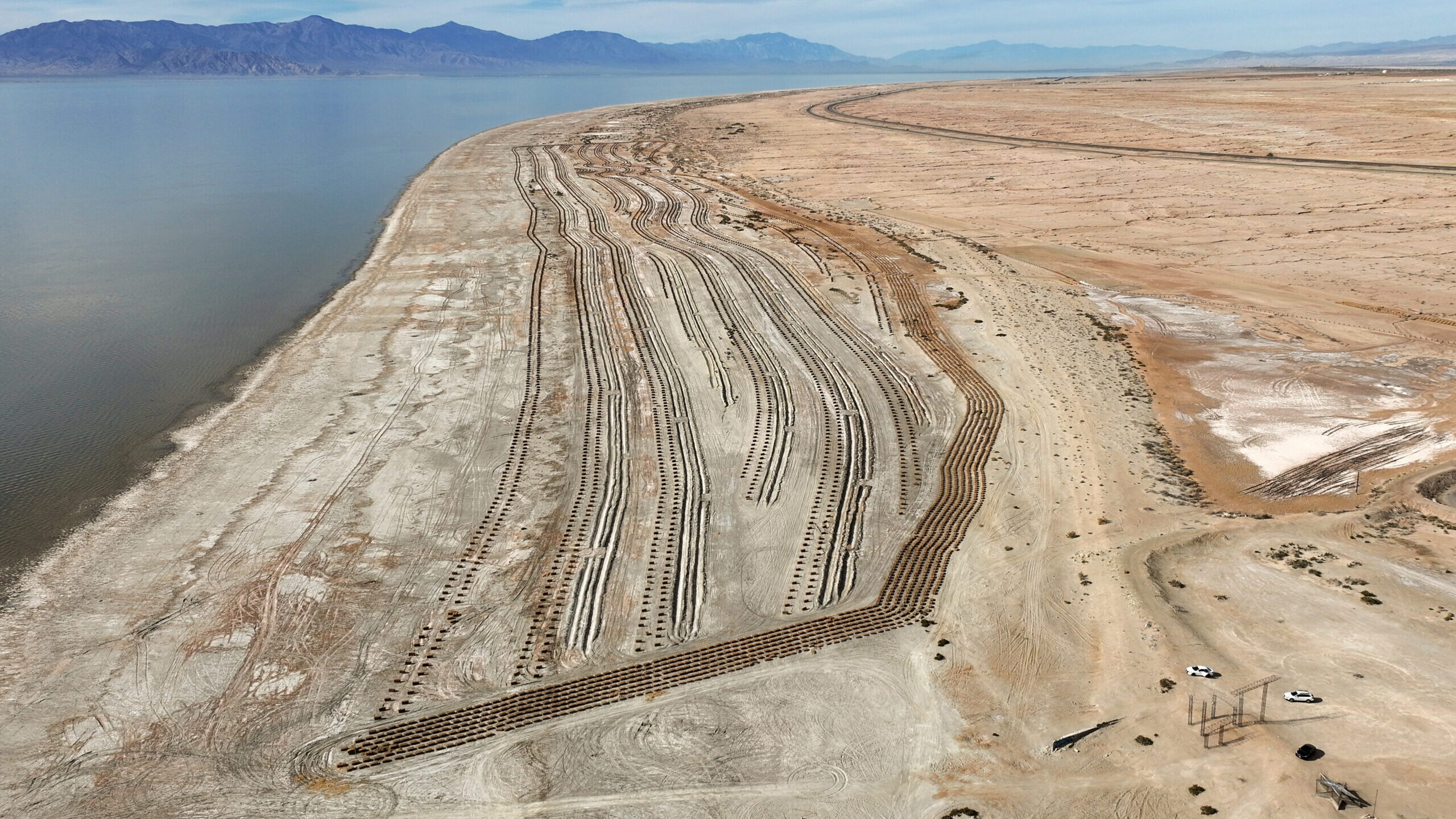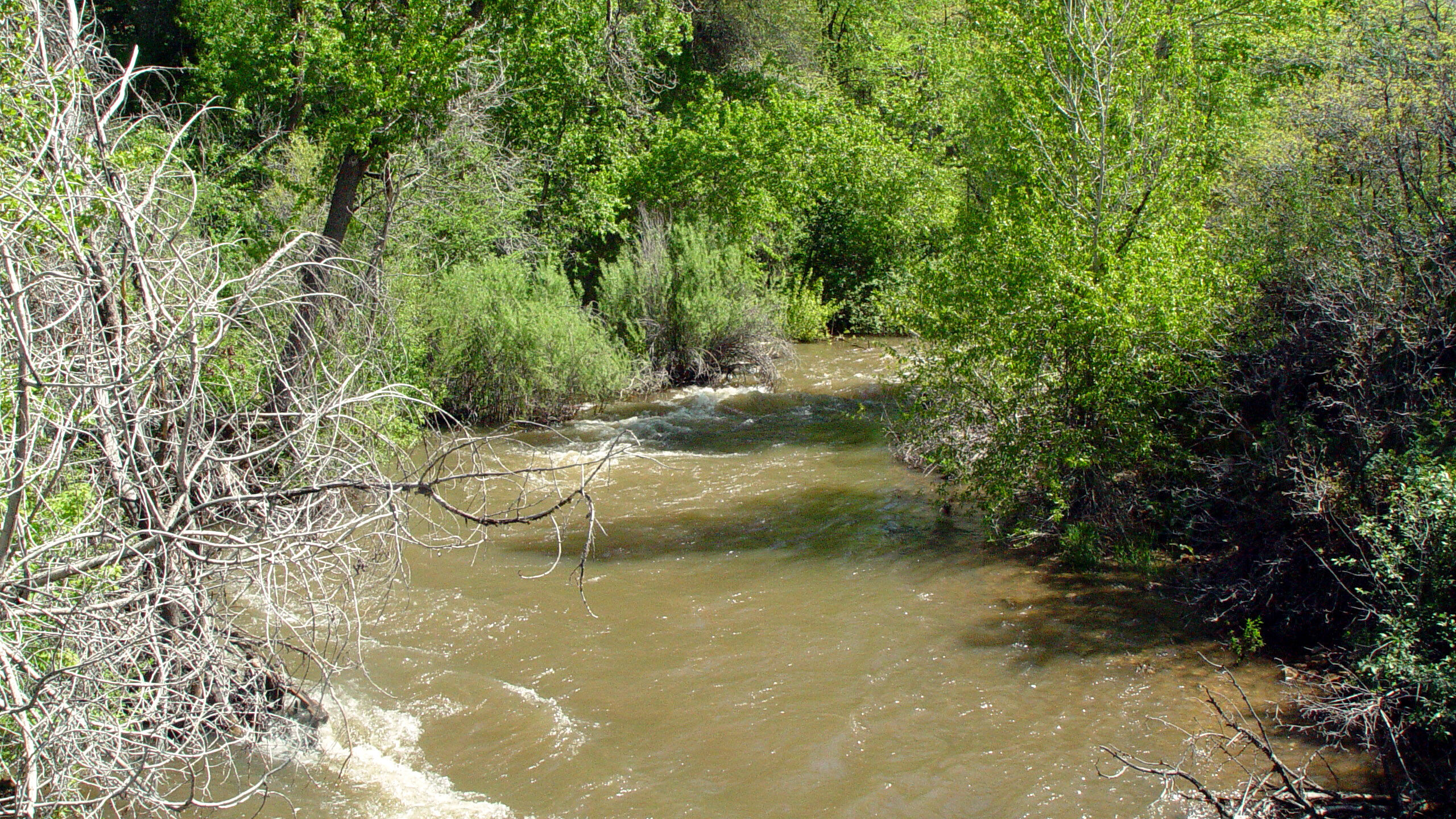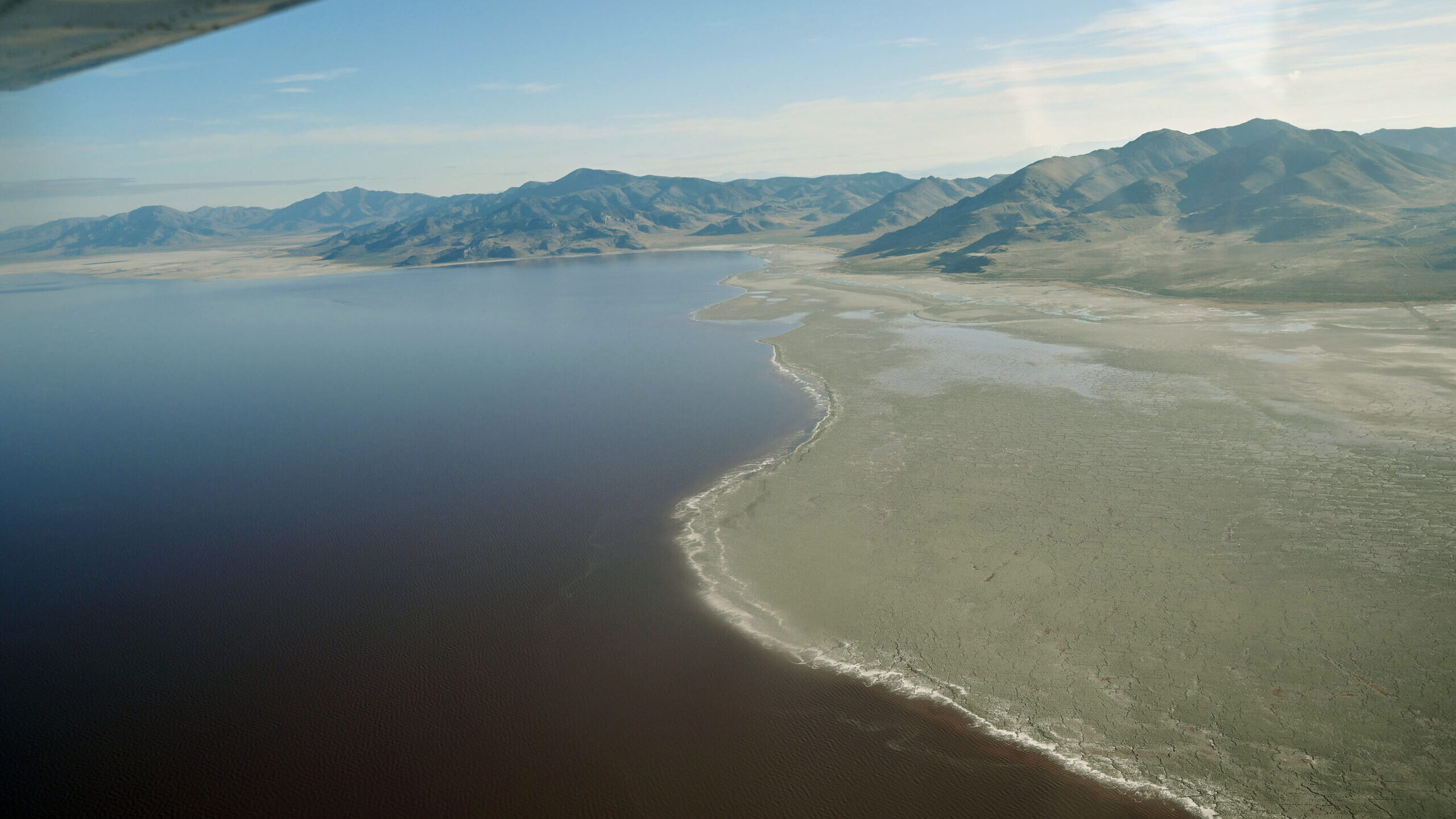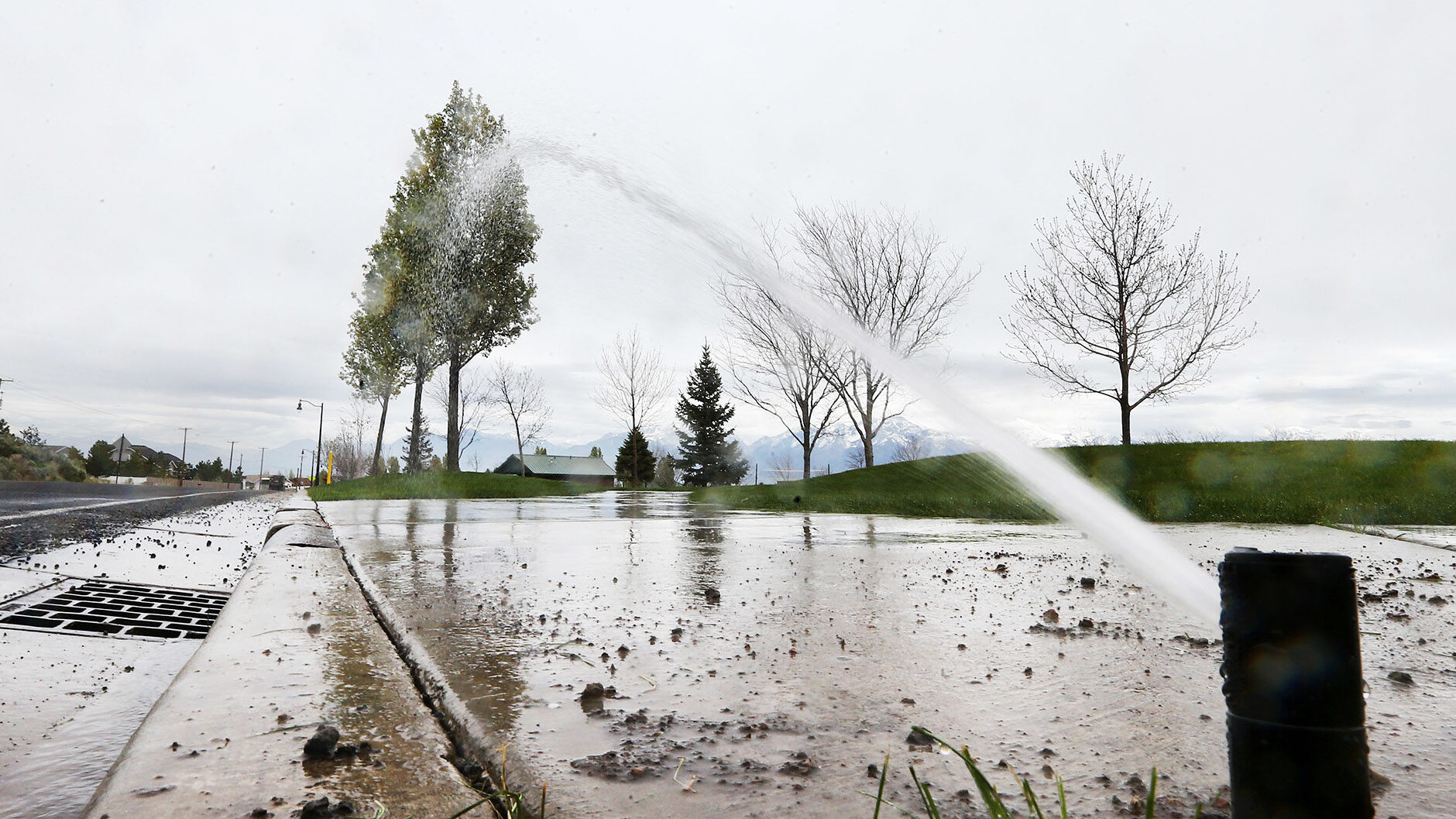This is how farmers are saving water for the Great Salt Lake
Oct 23, 2023, 2:00 PM | Updated: 3:22 pm
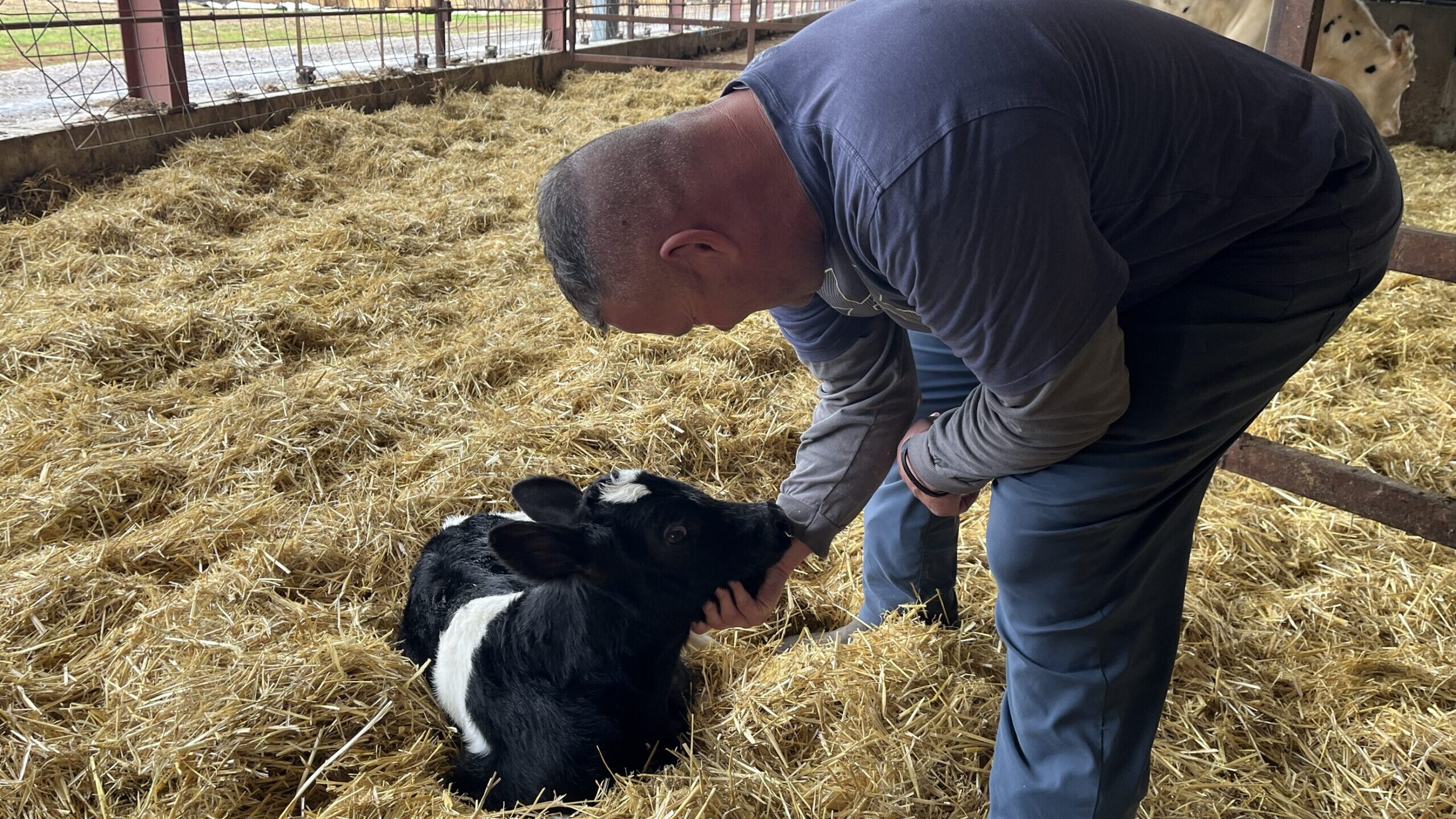
photo credit: Adam Small/KSL NewsRadio
TRENTON, Utah — T Dairy sits off of a back road in the Western Cache Valley, about 52 miles by car from Bear River Bay in the Great Salt Lake. The farm, like many in Utah, gets its water from the Great Salt Lake‘s upstream sources, like the Bear River. But now it’s working on saving water for the lake.
According to the Utah Department of Natural Resources, about 65% of the lake’s upstream water goes to agriculture. In the Great Salt Lake Basin, the next highest amount of water goes to industrial and municipal use at 18% — 9% goes to managed wetlands, 8% goes to mineral extraction companies, and 1% is allotted for evaporation.
That 65% has put agriculture a little bit more under the microscope in recent years after the Great Salt Lake hit its lowest level in recorded history in 2022. The lake did rise five and a half feet after the record snowpack and spring runoff that followed, but it’s since lost nearly two feet to evaporation.
State lawmakers and water managers have been in a dead sprint to save the Great Salt Lake — the largest saline lake in the Western Hemisphere — over the last few years. The lake’s decline has exposed miles upon miles of toxic lakebeds, which could have a negative long-term impact on the health of hundreds of thousands of Utahns.
The declining water levels also pose a major threat to brine shrimp fisherman, mineral extractors and the ski industry, all of which contribute millions of dollars to Utah’s economy every year.
What one dairy farm is doing
Tom Griffin’s family has owned their dairy farm since 1942. Just a couple years ago, Griffin said they invested $2.5 million to install a new pump on their land, which he said saves 30% more water than what they had before, conservatively.
“It’s not an easy thing… to go do this,” Griffin said. “This is a great expense that we’re incurring.”
Griffin said they got $500,000 in incentives from a state program, but they’ll likely be paying off the rest over the next 30 years. And this wasn’t the only pump he had installed.
Is saving water for the Great Salt Lake worth it?
When Griffin was asked this, he said, “I hope so.”
A multi-million-dollar expense is a lot to ask of a family-owned dairy farm, but Griffin said the benefits help not only The Great Salt Lake in the long run, but the farmers themselves.
“We’re on board, not only to help conserve… to send it down but for ourselves as well,” Griffin said. “The more we can conserve it and keep it… at Bear Lake, we’re better off for our future as well.”
Thanks to climate change and a growing population, Utah will likely have to continue to learn new ways to take care of the water that it gets. Something Griffin said he hopes others, if they haven’t already, will join in on.
“It’s the most valuable commodity that there is,” Griffin said. “That’s why we’re working very hard and spending that money to conserve it… and get it there [the Great Salt Lake].”


